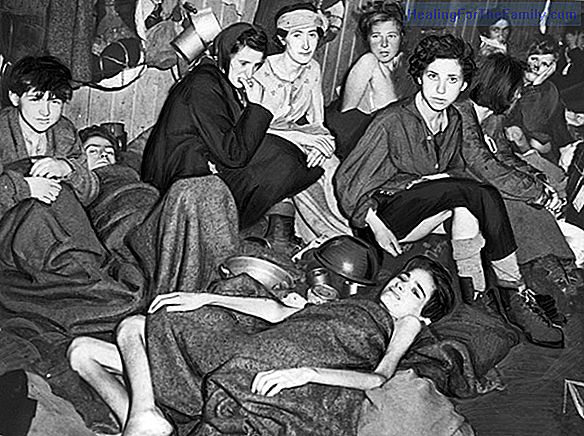Differences between hyperactive and moved children
My child does not stop! He is never standing still! I think it is hyperactive! ... They are expressions that many families use to refer to their children. From the school the teacher tells us that: 'our son is very restless, he does not stop, he does not attend ... I think he is hyperactive'. But, r
My child does not stop! He is never standing still! I think it is hyperactive! ... They are expressions that many families use to refer to their children. From the school the teacher tells us that: 'our son is very restless, he does not stop, he does not attend ... I think he is hyperactive'. But, really Is the child hyperactive or is it just a moved child?
What are the differences between a hyperactive child and a moved or restless child? Today there are many cases of 'hyperactive children'. There is such concern on the part of parents and educators that this type of disorder has become socialized and

it has become an issue of easy assessment lo, which leads to the labeling and definition of those children we do not understand. When a child does not meet our expectations and the stipulated social norm, by not understanding what is happening we try to define the child or student to frame the situation and give us a false calmMany children have been, are and will be
medicated and treated as hyperactive for entering into that profile of restless, distracted child.
And then we realize that they are not.Therefore, we must be clear thatonly a specialist is able to diagnose
and answer with certainty to this question and your child can never be before 7 years of age. From here we will show you the differences that exist to avoid falling into the trap of labeling the child as ADHD.It is not always easy to distinguish between a moved child or a child with ADHD. This confusion is due to the similarity of certain behaviors that occur in some children during childhood. The deep observation of the parents is fundamental to help them distinguish.When it comes to hyperactivity
It is a behavioral disorder of neurobiological origin that is characterized by:
1. Present difficulties in paying attention.
2. Easily distracted by unimportant things.
3. The child has anxiety problems. Se 4. He is aggressive when he does not get what he wants.
5. His social behavior is indiscreet.
6. Shows excessive affectivity.
When the behavior is moved or restless
There is no pathology, it is a normal behavior and is characterized by:
1. Behavior that occurs as a result of discovering and exploring their environment.
2. When something interests you, pay attention. Se 3. He becomes distracted when something does not motivate him enough.
4. She is cheerful and has vitality.
5. When you are naughty it does not imply being violent.
6. Is socially related.
7. Even if you disobey, you know where the limits of behavior are.












